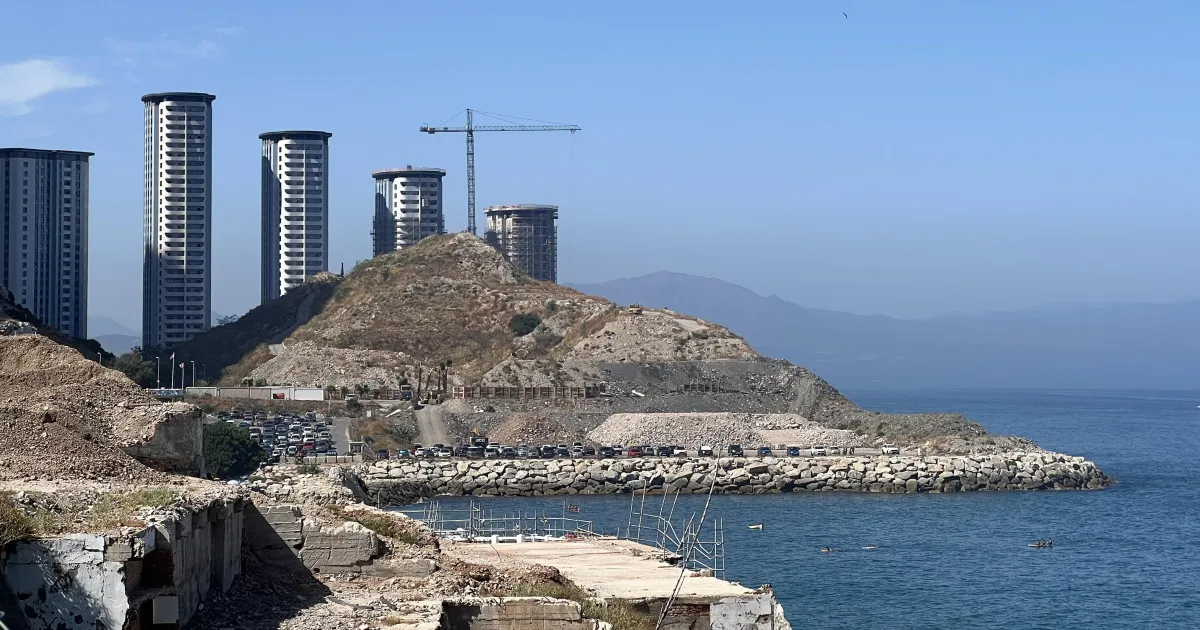Manilva Activists Raise Concerns Over Gibraltar's Importation of Stones

Environmental Alert from Manilva
The environmental organization Verdemar-Ecologistas en Acción has denounced to the European Commission that the colonial government of Gibraltar is importing stones from the municipality of Casares for its major urban development project on the eastern face of the Peñón. According to Verdemar, trucks from the Casares quarries are supplying the necessary material for the ongoing works, located in a Special Conservation Zone (ZEC) in the Eastern Strait. The project requires 50,000 tons of stone from the local spigots to continue reclaiming land from the sea.
Concerns about Waste and Impact
Additionally, the urbanization activities by Gibraltar's colonial government are causing a waste dump of various kinds of debris. Environmentalists report that the expansion of the Peñón over the limpid waters will occupy 20 more hectares of the coastal front, based on findings by a research barge associated with the collective. Verdemar has made these concerns known to the European Commission.
Historical Context
In 2005, the Spanish government, led by socialist José Luis Rodríguez Zapatero, called for the suspension of the infill and escalated the case to the European Commission (EC), which in 2008 declared the Eastern Strait as a Site of Community Importance (SCI) due to the presence of habitats and species of community interest according to the Habitat Directive. However, a year later, they stated that 'due to the limited information available at that time', it was 'impossible to detect any non-compliance with the community environmental legislation that could be attributed to this project.'
In November 2012, the Spanish government, then led by Mariano Rajoy (PP), declared the Site of Community Importance (SCI) in the Eastern Strait as a Special Conservation Zone (ZEC) to protect it from infills. Nevertheless, just a few months later, in July 2013, a tugboat, under the orders of the colonial government, dumped up to 70 blocks of concrete with iron spikes in the fishing ground located in the area known as Campo de la Virgen, near the outer breakwater of the port of La Línea. The colonial government, under Fabian Picardo’s administration, defended this action as part of its 'marine protection strategy', aiming to create reefs to 'increase biodiversity' and provide 'refuge for many marine species.'
A Guardia Civil patrol, alerted by a fisherman, arrived at the scene and prevented the tugboat from completing its work, but the damage had already been inflicted.
This article was prepared using information from open sources in accordance with the principles of Ethical Policy. The editorial team is not responsible for absolute accuracy, as it relies on data from the sources referenced.